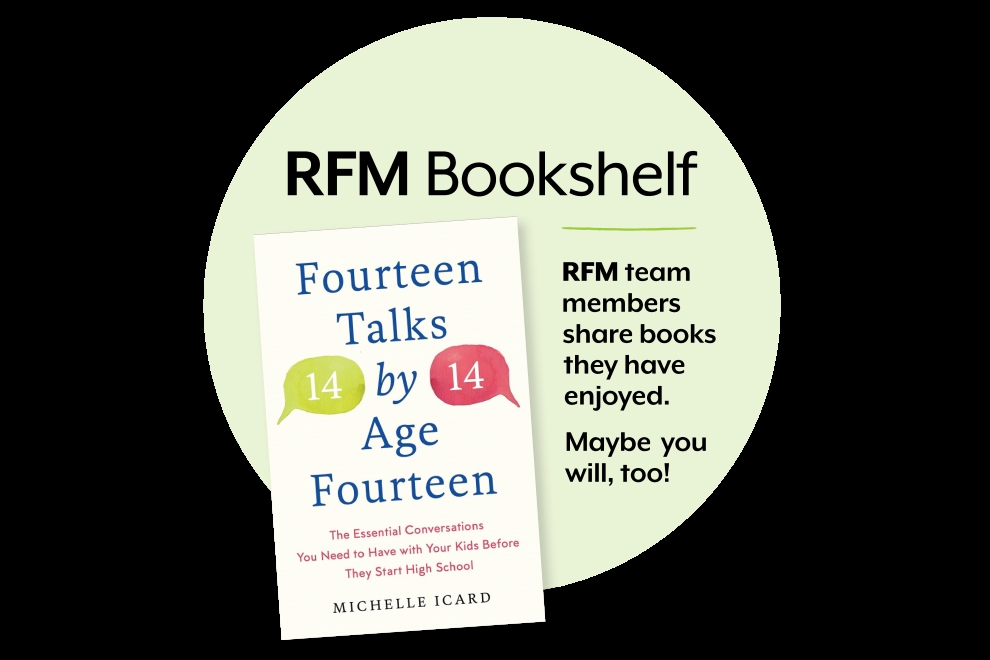If you’ve been pregnant, the concept of using your baby bump as a shelf might be familiar. For baby number one, the bigger I got, the better I got at finding practical uses for this convenient surface. Depending on the time, day, and trimester, there might have been a cup of coffee, popcorn, a remote control, or the errant donut carefully resting on that shelf.
More likely, it was a book.
During my first pregnancy, I often read aloud to the baby in my belly – Wally Lamb, Anna Quindlen, the latest Sports Illustrated – whatever was handy. As much as my husband Scott appreciated my reading choices, he decided we needed some children’s books in our home, if not on my bookshelf.
And so it was that very near my due date, the first book for TED Schwartzkopf arrived in the mail. I am absolutely certain of this timing because I remember thinking, Oh, hell no! We are not naming our baby Ted. (No offense to the Teds and Teddies out there, but this name had not appeared anywhere on our radar, and my husband had a reputation for dropping baby name bombshells.)
In any case, it turned out that Scott had signed up for a Dr. Seuss book-of-the-month club when I was only three months pregnant. Because we hadn’t settled on a name yet, he filled in the letters TBD on the line after “child’s name.” So for the next year, we received books addressed to TED Schwartzkopf every month. And when we moved from that house two years later, Ted was still receiving mail there.
As alarmed as I was by the prospect of naming my firstborn child Ted, those books were the start of something special for our family. Whether we knew it or not (and for the record, we did not!), we ended up doing a few things right in those early years. And based on how much our women- children appreciate reading today, I believe there are things you, too, can do to build an eagerness to read in your very young kids. I am convinced that the more kids reach for books at home, the more likely they will be successful in creative learning all through their lives.
That said, here are my top three tips for helping young kids fall in love with reading.
First, surround your children with books from the beginning.
We had baskets and bins filled with books in most every room in the house, and each bedroom had at least one bookcase in it. When our kids made the transition from the crib to a big-kid bed, books were the only playthings in the room. After the bedtime routine, we said good night and closed the door. Our rule was the kids had to stay in their bedrooms. Because books were safe and always within reach, they could look at pictures, turn pages, create stacks of books, knock over stacks of books, throw books – basically, the toddler version of reading before bed – as long as they stayed in their rooms.
There were also books in the car for short trips to the store and for longer trips to see family and friends. Our best road trips were marked by the books we read aloud while driving. We finished almost every chronicle of Narnia this way.
I’ll never forget the first time we visited relatives a few states away who did not share our enthusiasm for reading. One of my girls did a quick tour of their home and exclaimed, “Where are all your books?”
Second, make words – written and spoken – wondrous and magical things for your kids.
Read, to, with, and in front of your kids! Read aloud at least once a day and have fun doing it. Choose books with engaging illustrations and typography so little ones understand the connection between the words and pictures on the page and the joyous words coming out of your mouth. Try these classics: Brown Bear, Brown Bear, What Do You See? and Chicka Chicka Boom Boom, both by Bill Martin, Jr. and both available in the oversized board-book format.
But don’t stop at books. Street signs, t-shirts, food labels, billboards, recipes. Words and letters are everywhere, right? Get your kids fired up about words and reading in real time, and start as early as you can.
And finally, help your children experience the value of reading and books in your family’s life.
To get kids excited about books, first and foremost, they need to see the adults they love reading. Whether you prefer books, a digital reader, or a trusted family lifestyle magazine, read in front of them. Let them know you carve out time in your schedule to read.
When your kids are learning to read, encourage them, and above all, stay patient. When they want to practice, suggest reading to stuffed animals, the family pet, or a sibling. Get everyone involved. I’ll bet Grandma would love to hear how the reading is coming along. She might even want to read one of her favorite books to the kids over Zoom or FaceTime!
With a little intentional parenting in the early years, you can set a course for your kids that might help them navigate the world more confidently. And looking at some of the bumps on the road ahead, we owe it to our children to give them all the help we can.





